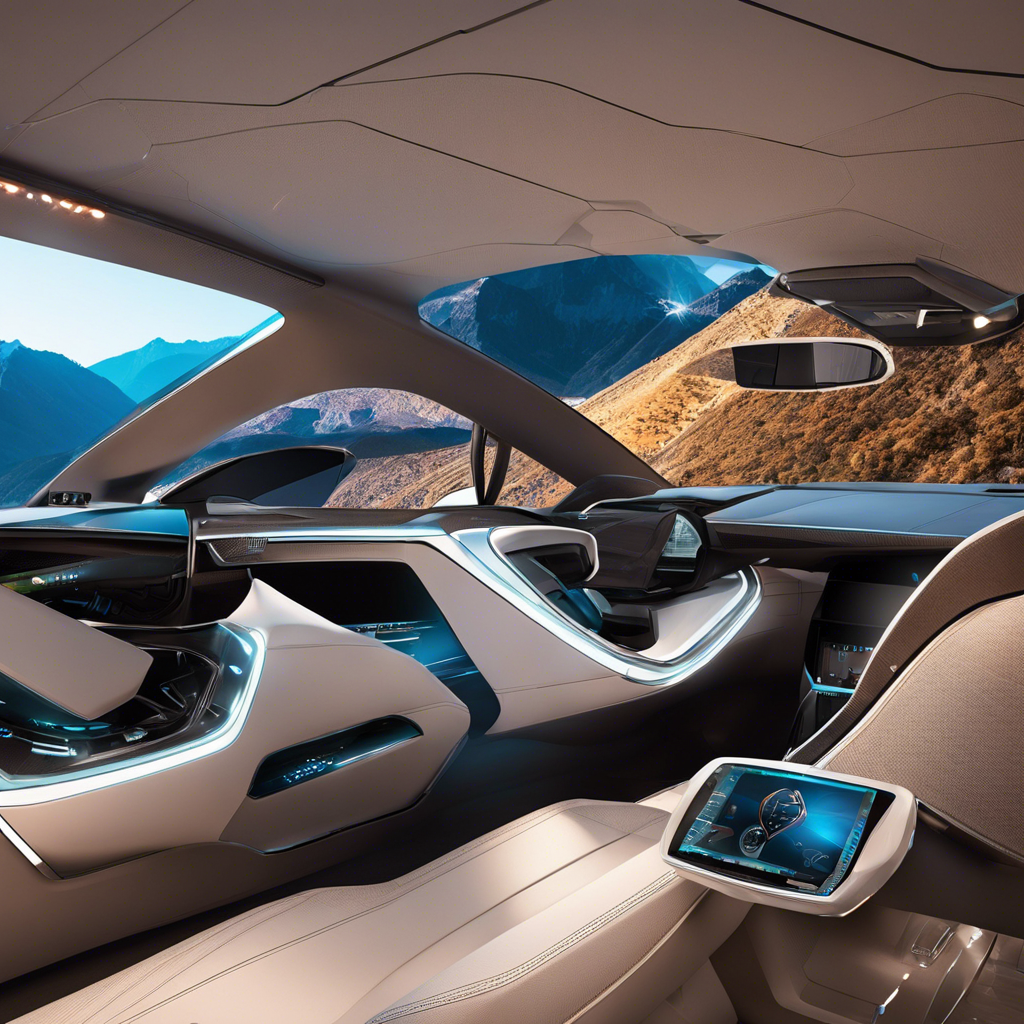The automotive industry is undergoing a significant transformation, driven by technological advancements that are changing the way we interact with our vehicles. From enhanced safety features to improved connectivity, the future of driving is looking increasingly high-tech.
One of the most exciting developments in car tech is the rise of advanced driver-assistance systems (ADAS). These systems use a range of sensors and cameras to provide drivers with a wealth of information about their surroundings, enabling features such as lane-keeping assist, automatic emergency steering, and adaptive cruise control. ADAS technology has the potential to significantly reduce the number of road accidents and save countless lives. Many car manufacturers are working on implementing ADAS.
Electric vehicles (EVs) are also gaining traction, with improvements in battery technology and charging infrastructure. The latest EVs offer increased range and faster charging times, addressing two of the main barriers to widespread adoption. With environmental concerns and rising fuel costs, the shift towards electric mobility is set to accelerate, and we can expect to see even more innovative solutions in this area.
Self-driving cars are no longer a distant dream, with several companies already offering advanced autonomous capabilities. While fully autonomous vehicles may still be a way off, we are seeing an increasing number of features that enable hands-free driving in specific conditions. These systems use a combination of cameras, radar, and lidar to understand the environment and make driving decisions.
In-car connectivity is also set to reach new heights, with the integration of 5G technology. Faster data speeds and lower latency will enable a range of new possibilities, from seamless over-the-air updates to streaming high-definition media and even cloud gaming. The potential for 5G to revolutionize in-car entertainment and connectivity is enormous.
The way we interact with our cars is also evolving, with voice-activated systems becoming increasingly common. These systems allow drivers to control various functions, from navigation to climate control, using natural language voice commands. Improving driver safety and convenience is the main goal of voice-activated systems.
Another area of innovation is in-car health monitoring. Some automakers are experimenting with sensors and cameras that can track driver behavior and vital signs, such as heart rate and blood pressure. The purpose of in-car health monitoring is to identify signs of fatigue or distraction and to take appropriate action, such as suggesting a break or providing a gentle alert.
Finally, expect to see further developments in vehicle-to-vehicle (V2V) and vehicle-to-infrastructure (V2I) communication. This technology enables vehicles to exchange data and information, such as speed and location, allowing for more efficient traffic management and improved road safety. V2V and V2I communication are crucial components of the smart cities of the future.
